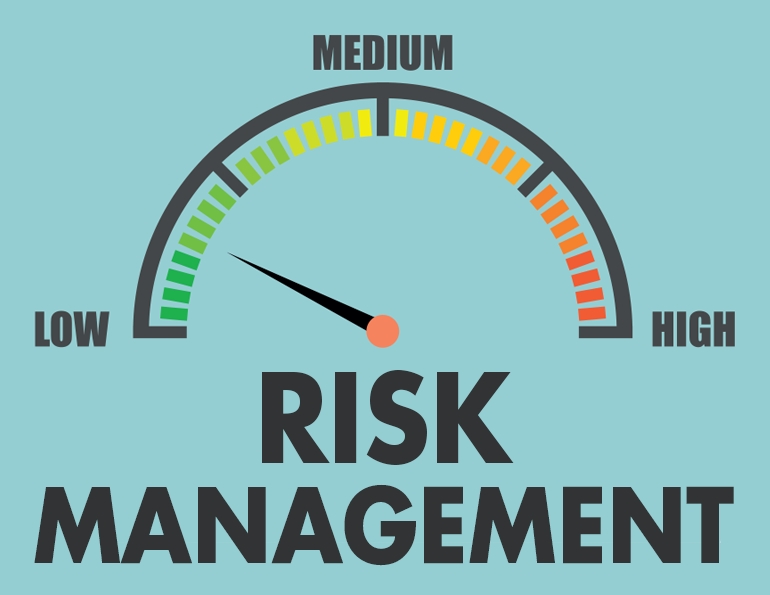“A lot can—and does—happen at a resort like ours,” says Libby Koroch, patrol director at Timberline Resort on Mt. Hood, Ore., which boasts the longest winter season in North America. “A lot” for Timberline—and ski areas in general—often comes in the form of incidents that can occur on snow, on lifts, in a lodge, in a hotel, or in a parking lot.
Incidents can involve high speeds or no speed, human-made features or natural obstacles, large equipment or no equipment. They can be severe or so minor that those involved (and resort staff) may not know they even occurred until later. They may include, but are not limited to, premise incidents—i.e., slips and falls on walkways—on-snow accidents, natural disasters, and lift mishaps.
As varied as they may be, one piece remains constant: Incidents must be documented when they occur. “We document incidents for our own protection and to simply have a sense of what goes on within our operation,” says Rose Phillips, Timberline’s GM of ski area operations. It’s not something to take lightly.
Why It’s Important
Understanding the importance of incident reporting is essential. (Hint: It’s not just about covering one’s rear-end.) Resort managers understand the need for complete, comprehensive, and unbiased documentation, but do the employees responsible for filling out the reports understand? With such an important task, employees should also fully appreciate why the practice is so essential.
Data collection. Incident reporting gives a business critical data about its own operation. Consider that resorts are in the business of providing memorable and fun experiences. Getting injured, while potentially memorable, is certainly not fun. If there is an area, time, or habit within a resort’s normal operation where guests—or employees—repeatedly get injured, adjustments should be made. Data from incident reports helps to identify these trends. Otherwise, that resort is not achieving its mission.
Resorts not only need access to the data around what happens in all areas of their operations; they should diligently review the findings.
“Everything about this business—technology, science, even the skis and boards on our feet—is constantly changing,” notes Ryan Lavoie, director of risk management and education at resort insurer MountainGuard. “These investigations drive change in our operations and in the industry.”
Documentation. Rose Reinhardt, director of risk at Mountain High Resort in California, points out another reason incidents must be documented. “California—like other places—is litigious,” she says. “Without documentation, we have no legal defense should someone make a claim or bring a case to court. You can’t fight a legal battle without good documentation.”
In the case of a lawsuit or insurance claim, the documentation that was taken at the time of the incident and in the hours and (in a less ideal scenario) days afterwards can show exactly what happened. And this can help determine the level of liability—or the lack thereof.
On the flip side, any holes in the account of an incident become indefensible. Simply, if it doesn’t get written down, some details will get left out. “Think of the sheer numbers of people that come through resorts in a day, a week, or season,” says Mistica Walker, a claims adjuster for resort insurer Safehold Special Risk. “If you don’t write it down, you may forget.”
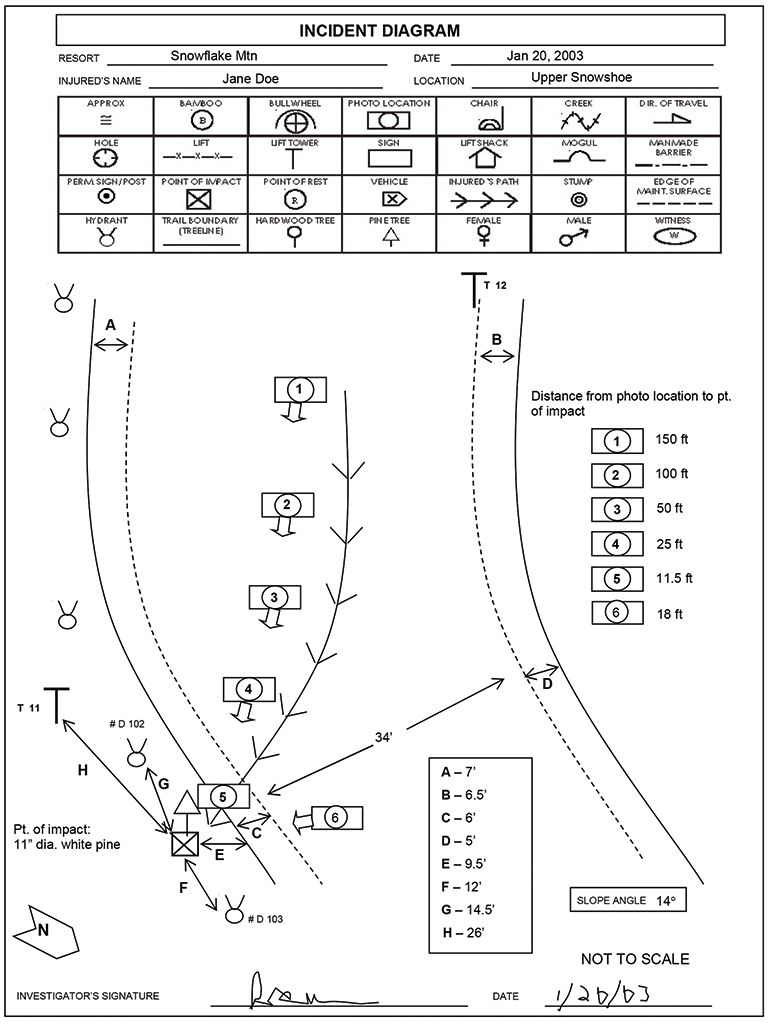 A thorough incident diagram includes important details that help tell the story.
A thorough incident diagram includes important details that help tell the story.
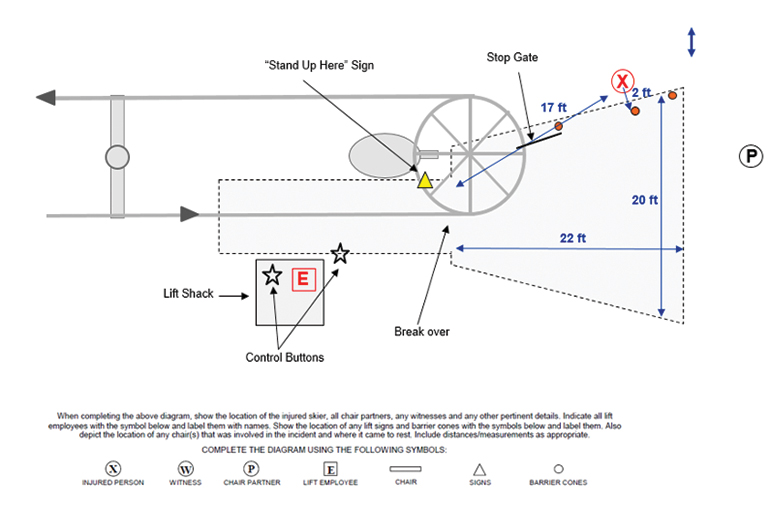 Pre-drawn lift terminals save time when reporting.
Pre-drawn lift terminals save time when reporting.
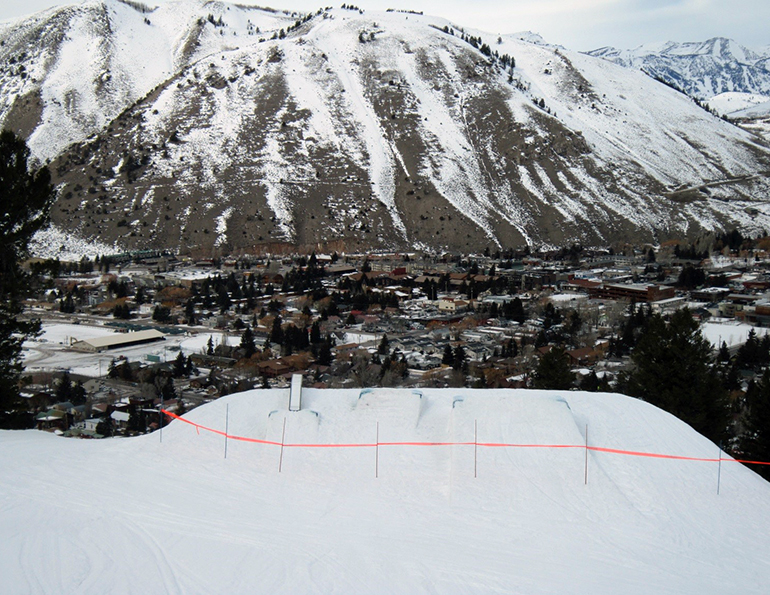 Clear, “descriptive” photos help to document the scene.
Clear, “descriptive” photos help to document the scene.
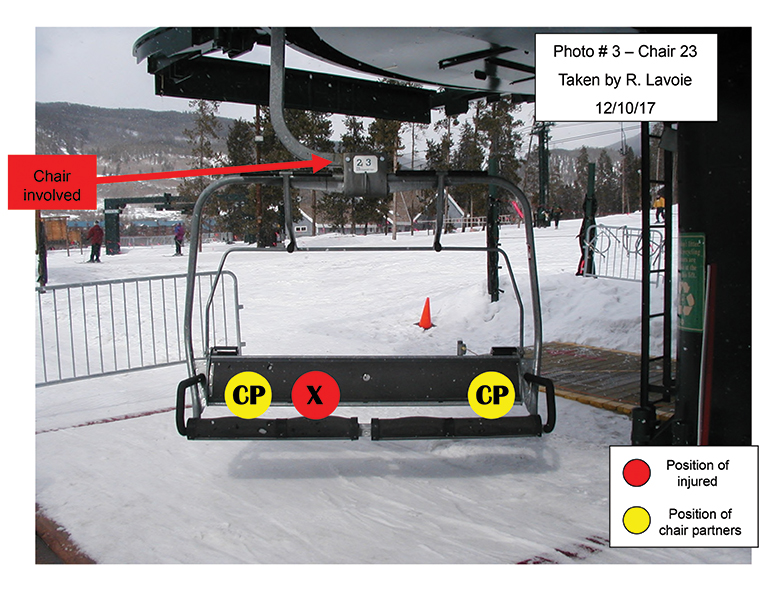 For clean-looking incident reports, document key information directly onto clear photos.
For clean-looking incident reports, document key information directly onto clear photos.
Best Practices
One may wonder: What’s so hard about filling out a form? To start, incident reports should be consistent, but that can be a challenge since every incident is unique. The causes of specific incidents will vary, and the circumstances around each will differ. Snow surface conditions, physical and emotional states, time of day, light, weather, and the backstories of those involved will always be distinct. With circumstances around individual incidents being so widely variable, here are some best practices for incident response and reporting:
• Secure the scene; treat the patient. Although obvious, says Lavoie, it bears repeating: “Is the scene safe, and what treatment does the patient need?” The paperwork must wait until the situation is stable. At that time—and only then—initiate a timely process to secure the facts of what happened and how resort staff responded.
• Check all the boxes. “Missing information makes it difficult to defend oneself,” reminds Reinhardt. It is therefore vital that incident forms be complete: Photos, witness statements, contact information for all involved, background information (like the day’s conditions and weather, skier count, traffic density, how many runs were taken by those involved and on what trails), employee training records, and any safety information provided by the resort via websites or signage.
• Be clear and specific. Walker points out that you may not have all the information necessary to check every box on a form. In that case, one should indicate that the information wasn’t available.
Abbreviations must be clear, though. Case in point: “Does ‘N/A’ mean ‘not applicable’?” asks Walker. “Or does it stand for ‘not available’?” The difference, depending on the question, could be significant. For example, did an injured patient ski under their own power to the base area because no sled was available or was it not applicable because the guest deemed the injury to be minor? In short, be sure any abbreviations are understood by all—or just avoid using them altogether. Also, says Walker, use full names in incident reports, and include phone numbers.
• Be objective. The incident report should include the facts and be free from editorial comments or biases. Leave the deciphering and storytelling to the attorneys, advises Lavoie. The lawyers and insurance companies will draw their own conclusions based on the information gathered.
• Have a final review of every report. Whether the incident report is a paper to be filed or an online form to be entered and logged, have a dedicated final reviewer. At Mountain High, for example, that person is Reinhardt. At other resorts, it’s the general manager.
Other best practices include writing legibly and in pen, and also having protocols in place for those “red flag” incidents about which upper management, legal counsel, or insurance companies should be notified. Many resorts have switched to online forms; these often have automatic notification systems for the red flags, and they don’t require keeping track of (or storing) paper files.
Pandemic Impacts?
As resorts face a third full season operating in a pandemic, it is pertinent to reflect on how the ever-changing protocols around Covid may have affected incident reporting. In some cases, Covid forced added steps to the reporting process. For example, at Timberline, areas were set up for treatment of patients who were potentially infectious. Meanwhile, patrollers who were potentially exposed to Covid could be removed from rotation on a given day.
The pandemic also caused resorts—like businesses in all sectors—to shift toward remote training sessions and meetings. Even at resorts that conduct annual trainings on incident reporting, it is difficult to gauge employee retention of material if the training is remote. Or, Timberline, for example, used to hold periodic in-person group reviews of selections of incident reports, but those halted during the pandemic. Phillips believes incidents are still reported diligently despite not having this review.
Staffing shortages, says Walker, could also have caused a shift in the quality of reporting.
“Something that can get missed is the number of staff it takes to effectively report on incidents,” says Lavoie. “One employee can’t be tasked with it; it really takes a team.”
This can be especially problematic at resorts with non-skiing operations like hotels, restaurants, tubing hills, skating rinks, or pools, where there is potential for incidents that occur outside of normal patrol hours to fall through the cracks.
Lavoie says he hasn’t seen a downtrend in the quality of the incident reports he’s had to deal with in recent years, though admittedly he sees only a percentage of the thousands of reports generated on any given day. “I think there is potential that when we compare this year’s reporting compared to two years ago, or four, we could find differences,” he says. >> continued
“The effect of the pandemic on incident reporting will become clearer as cases are brought to light,” says Walker.
A Science and an Art
Regardless of one’s level of experience with incident reporting, “we recommend reviewing the practice annually,” says Walker. “It is important to go over the paperwork line-by-line.”
“If resort operators want to become better at completing incident investigations—the paperwork and the entire process of gathering the facts—then they should reach out to their insurance provider,” advises Lavoie. Both MountainGuard and Safehold offer incident investigation training to their resort partners.
Incident reporting, says Lavoie, is both science and art. The science comes in the collection of facts, measurements, photographs, and hard data. The art is in the conducting of meaningful interviews with witnesses and other involved parties, the shooting of descriptive photographs that consider light, camera angle, and composition, and the weaving of information together in a readable account.
“Be curious,” says Lavoie. “And be objective.”
Remember, incident reporting isn’t just about protecting against legal challenges; it’s about self-reflection and learning, which results in positive change at individual resorts and industry-wide. “It’s not about finding out what we did wrong,” says Lavoie. “It’s about figuring out how to do it better.”





